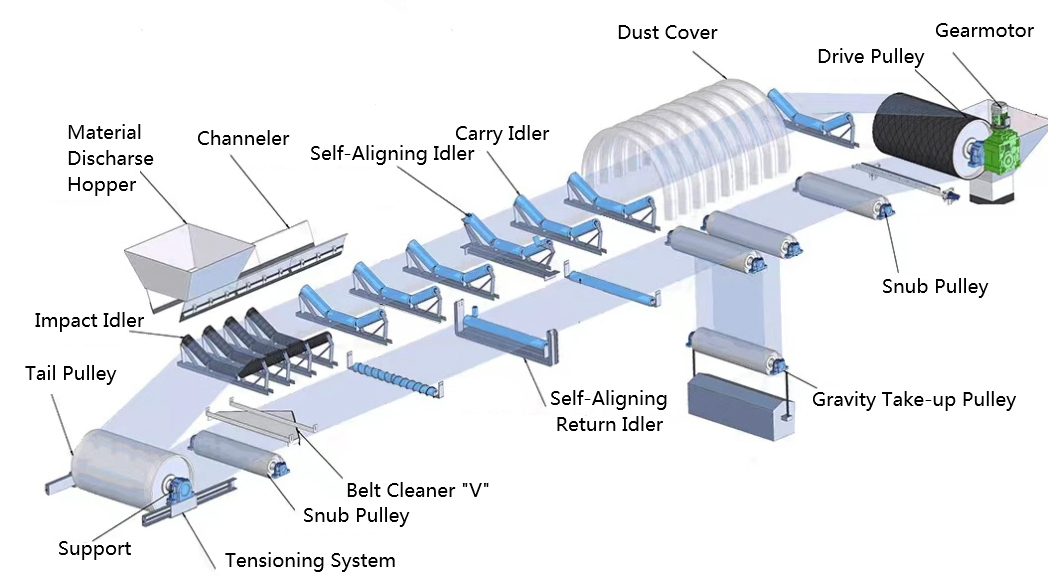 Afrikaans
Afrikaans  Albanian
Albanian  Amharic
Amharic  Arabic
Arabic  Armenian
Armenian  Azerbaijani
Azerbaijani  Basque
Basque  Belarusian
Belarusian  Bengali
Bengali  Bosnian
Bosnian  Bulgarian
Bulgarian  Catalan
Catalan  Cebuano
Cebuano  Corsican
Corsican  Croatian
Croatian  Czech
Czech  Danish
Danish  Dutch
Dutch  English
English  Esperanto
Esperanto  Estonian
Estonian  Finnish
Finnish  French
French  Frisian
Frisian  Galician
Galician  Georgian
Georgian  German
German  Greek
Greek  Gujarati
Gujarati  Haitian Creole
Haitian Creole  hausa
hausa  hawaiian
hawaiian  Hebrew
Hebrew  Hindi
Hindi  Miao
Miao  Hungarian
Hungarian  Icelandic
Icelandic  igbo
igbo  Indonesian
Indonesian  irish
irish  Italian
Italian  Japanese
Japanese  Javanese
Javanese  Kannada
Kannada  kazakh
kazakh  Khmer
Khmer  Rwandese
Rwandese  Korean
Korean  Kurdish
Kurdish  Kyrgyz
Kyrgyz  Lao
Lao  Latin
Latin  Latvian
Latvian  Lithuanian
Lithuanian  Luxembourgish
Luxembourgish  Macedonian
Macedonian  Malgashi
Malgashi  Malay
Malay  Malayalam
Malayalam  Maltese
Maltese  Maori
Maori  Marathi
Marathi  Mongolian
Mongolian  Myanmar
Myanmar  Nepali
Nepali  Norwegian
Norwegian  Norwegian
Norwegian  Occitan
Occitan  Pashto
Pashto  Persian
Persian  Polish
Polish  Portuguese
Portuguese  Punjabi
Punjabi  Romanian
Romanian  Russian
Russian  Samoan
Samoan  Scottish Gaelic
Scottish Gaelic  Serbian
Serbian  Sesotho
Sesotho  Shona
Shona  Sindhi
Sindhi  Sinhala
Sinhala  Slovak
Slovak  Slovenian
Slovenian  Somali
Somali  Spanish
Spanish  Sundanese
Sundanese  Swahili
Swahili  Swedish
Swedish  Tagalog
Tagalog  Tajik
Tajik  Tamil
Tamil  Tatar
Tatar  Telugu
Telugu  Thai
Thai  Turkish
Turkish  Turkmen
Turkmen  Ukrainian
Ukrainian  Urdu
Urdu  Uighur
Uighur  Uzbek
Uzbek  Vietnamese
Vietnamese  Welsh
Welsh  Bantu
Bantu  Yiddish
Yiddish  Yoruba
Yoruba  Zulu
Zulu roller lagging
Understanding Roller Lagging A Key Component in Conveyor Systems
Roller lagging is a critical aspect of conveyor systems, significantly impacting their efficiency and durability. In industrial applications, conveyor systems are used extensively to transport materials across different processes, and any failure in these systems can lead to significant downtime and economic losses. Thus, understanding roller lagging is essential for anyone involved in the maintenance and management of conveyor operations.
Roller lagging refers to the process of applying a material, usually rubber or another resilient substance, to the surface of conveyor rollers. This application serves multiple purposes, notably improving the friction between the conveyor belt and the roller, enhancing grip, and reducing slippage. The choice of lagging material can vary depending on the specific application—factors like the type of material being transported, environmental conditions, and the wear and tear expected over time all play a role in this decision.
One of the primary benefits of roller lagging is the improvement it brings to the overall efficiency of the conveyor system. A well-lagged roller ensures that the belt maintains a strong grip, especially when handling heavy or slippery materials. This enhancement in grip reduces the likelihood of the belt slipping off the rollers, which can lead to misalignment, increased wear on the belt, and ultimately, system failure.
Another significant advantage of roller lagging is its role in protecting the rollers themselves. Conveyor rollers are typically subject to significant wear and tear due to the constant movement of heavy materials. Lagging acts as a protective layer, absorbing impacts and reducing the surface wear on the roller. This prolongs the life of both the rollers and the conveyor belt, ultimately saving money on repairs and replacements.
roller lagging

Moreover, roller lagging contributes to noise reduction in conveyor operations. The rubber or composite materials used in lagging can dampen vibrations and sounds produced during the transport of materials. This is particularly important in urban settings or workplaces where noise pollution regulations are in place, helping companies maintain compliance while ensuring a comfortable working environment.
The installation of roller lagging can be straightforward, but it requires careful consideration to be effective. Proper alignment and securing methods must be employed to ensure durability and performance. Regular maintenance checks are essential to monitor the condition of both the lagging and the rollers, as wear can occur over time due to continuous operation.
In addition to all these benefits, roller lagging can also be tailored for specific conditions. For instance, in situations where heat resistance is required, specialized lagging materials can be employed to withstand elevated temperatures. Similarly, when dealing with abrasive materials, using robust and wear-resistant lagging can help mitigate damage.
In conclusion, roller lagging is a vital component of efficient and reliable conveyor systems. Its benefits include improved traction, roller protection, noise reduction, and adaptability to various operational conditions. Understanding the importance of roller lagging allows maintenance teams to implement strategies that enhance system longevity and performance, leading to increased productivity and cost savings in the long run. As industry demands continue to evolve, innovations in roller lagging materials and techniques will likely play a pivotal role in the advancement of conveyor technology.
-
Revolutionizing Conveyor Reliability with Advanced Rubber Lagging PulleysNewsJul.22,2025
-
Powering Precision and Durability with Expert Manufacturers of Conveyor ComponentsNewsJul.22,2025
-
Optimizing Conveyor Systems with Advanced Conveyor AccessoriesNewsJul.22,2025
-
Maximize Conveyor Efficiency with Quality Conveyor Idler PulleysNewsJul.22,2025
-
Future-Proof Your Conveyor System with High-Performance Polyurethane RollerNewsJul.22,2025
-
Driving Efficiency Forward with Quality Idlers and RollersNewsJul.22,2025





























